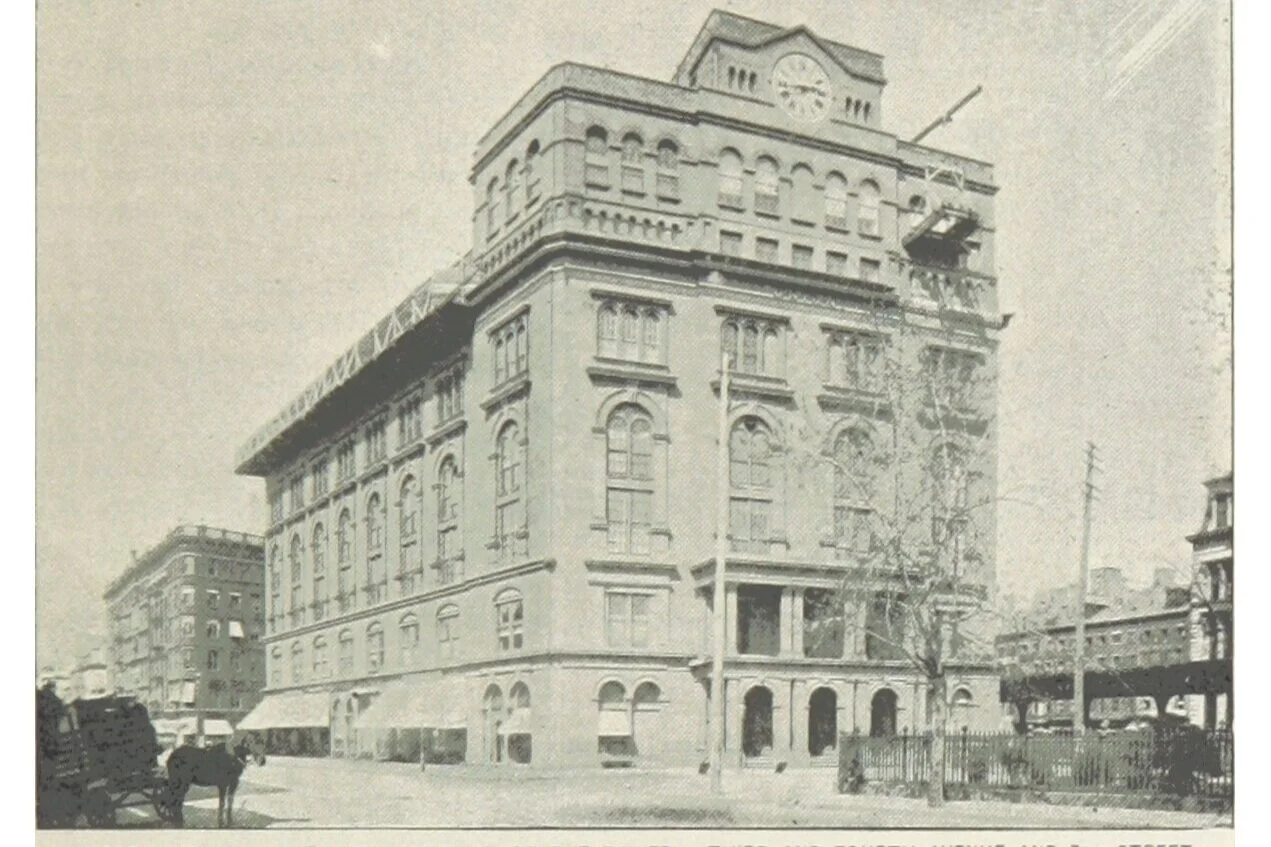The UC admissions readers need a well-wrought set of activities to appraise your application.
A candidate can submit 20 activities with up to 500 characters to describe each. An activity list can possibly reach a maximum of 10,000 characters, around 1,600 words or 3.5 pages. Now imagine being a UCLA admissions reader at 2am on a Saturday morning coming upon her 1007th description of an ASB council member heading up a beach cleanup? Yes, it’s part of the job description, but show a little mercy.









